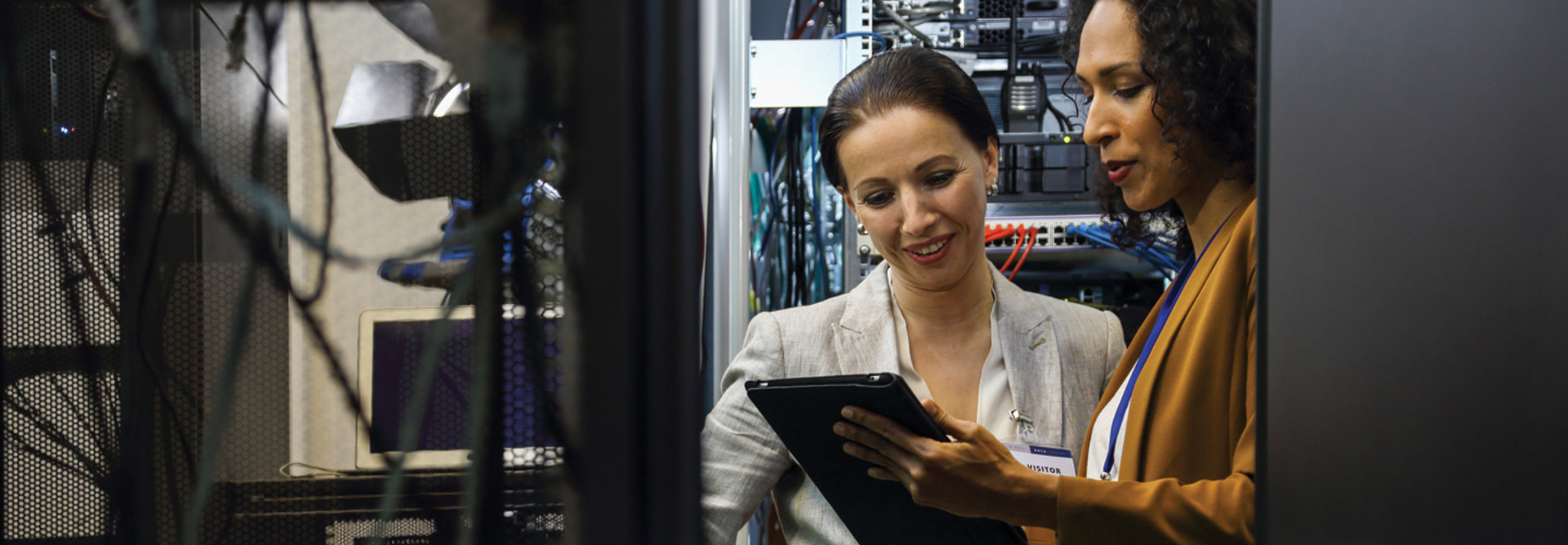Here’s how IT leaders can minimize disruptions while undertaking system upgrades:
When Should Updates Be Made to the School’s Network?
For many K–12 districts, the school day is over at 3 p.m. This gives IT teams time to make smaller upgrades and updates outside of school hours without having to do so in the middle of the night. They can also make updates on weekends to avoid disrupting classes or online testing that may be taking place during the week.
Larger updates and any changes to the district’s main data center should take place over longer periods when school is not in session, such as winter break, spring break or during the summer.
RELATED: Navigate government funding for K–12 schools to optimize network health.
“I wouldn’t recommend doing any major surgery to a data center when you need that data service,” says Jeff Chabot, government segment director at Schneider Electric. “It’s no different than the Pentagon, or a bank that’s trading on the market. Learning, for our children, is just as critical.”
How Can IT Teams Effectively Manage Updates to Infrastructure?
As for the types of upgrades that can be made during the school year, consider what is necessary to facilitate remote learning. In many school districts, families opted for online learning. Many districts also quickly found that students in quarantine after COVID-19 exposures needed ways to access class materials online.
“If you’re a district IT administrator, you have to plan for changes on the fly,” Chabot says. “Certainly, you have to have that network in the classroom up and running, but you also want to have the tools where you can reach people remotely.”
To make the most effective changes with the least amount of disruption to learning, IT professionals need clear visibility into the health of their infrastructure. This will help prevent system failures that require lengthy repair processes.












